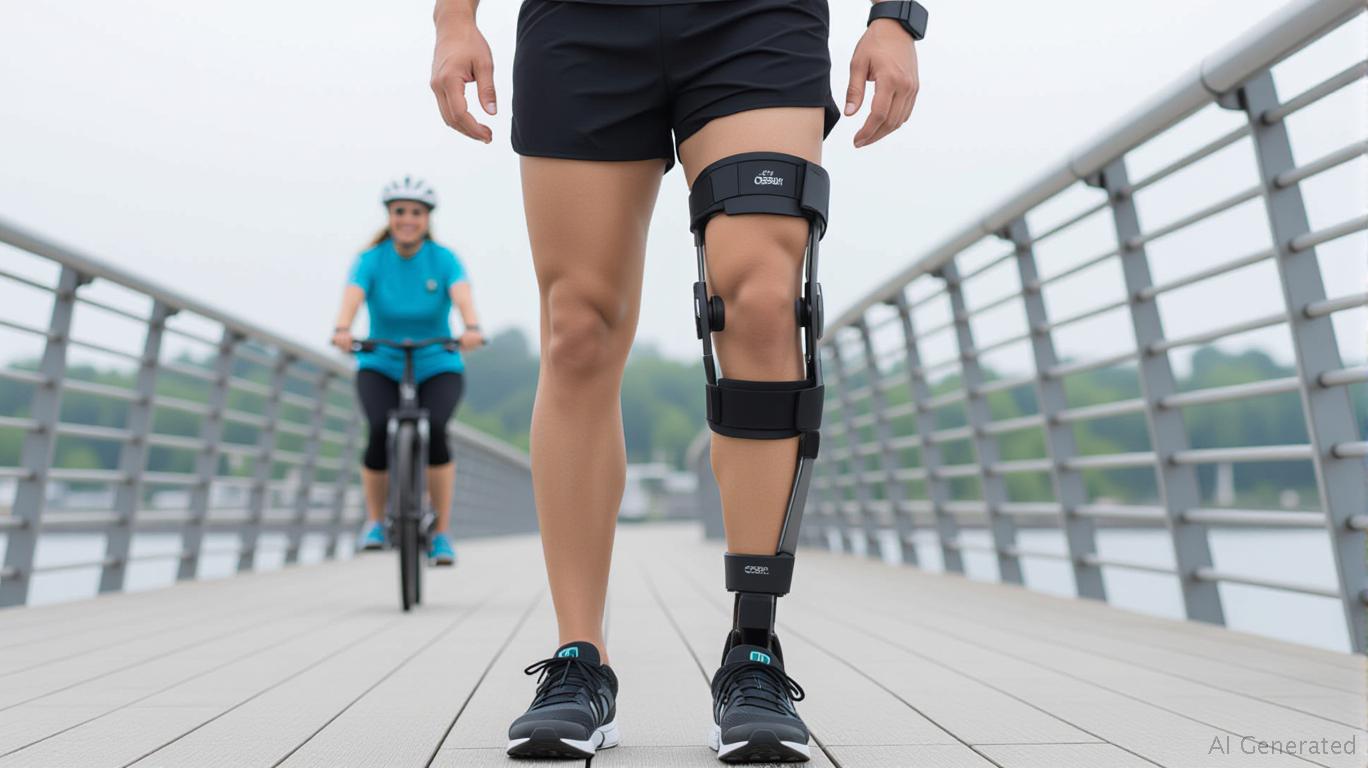The brutal realities of modern warfare have transformed conflict zones into unintended incubators for medical innovation. In Ukraine, Gaza, and Syria, the relentless use of landmines, explosive weapons, and drone strikes has left thousands with life-altering injuries, creating a desperate demand for advanced prosthetics and assistive technologies. This crisis has become a catalyst for breakthroughs in robotics, materials science, and AI-driven healthcare—opening compelling investment opportunities in a sector primed for exponential growth.
The Sociopolitical Catalyst: Conflict as a Driver of Demand
The demand for prosthetics in conflict zones is staggering. In Ukraine alone, 65–70% of wartime injuries are limb-related, with estimates of 20,000–50,000 amputees requiring prosthetics by 2025. Gaza, meanwhile, has become the global leader in child amputees per capita, as ongoing bombardments and blockades disrupt healthcare infrastructure. These sociopolitical crises have exposed systemic gaps: limited production capacity, shortages of skilled technicians, and bureaucratic delays that leave victims without life-altering solutions.

The Technology Revolution: From Survival to Superhuman
Conflict-driven innovation is pushing prosthetics beyond basic functionality. Companies like Össur (OSUR) and Otto Bock Healthcare are leading the charge with AI-integrated bionic limbs, 3D-printed custom sockets, and ruggedized designs capable of withstanding harsh battlefield conditions. For instance, Össur's POWER KNEE uses sensors to adjust gait in real time, while Otto Bock's Genium X3 employs machine learning to mimic natural movement. These technologies are not just life-changing—they're becoming critical tools for post-conflict recovery.
Investment Opportunities in a Growing Market
The global prosthetics market is projected to grow from $8.87 billion in 2025 to $11.24 billion by 2029, fueled by rising amputation rates, aging populations, and diabetes-related complications. Conflict zones are accelerating this trend:
- Ruggedized Prosthetics: Demand for durable, field-ready devices is surging. Companies able to mass-produce lightweight, explosion-resistant materials (e.g., carbon fiber composites) could capture market share.
- AI-Driven Fitting Systems: Startups like ProsFit (which uses AI to design custom prosthetics in hours) are reducing costs and wait times—critical in regions with limited technicians.
- 3D Printing: Desktop Metal (DM) and Stratasys (SSYS) are already supplying 3D-printed prosthetic components, enabling decentralized production even in war zones.
Risks and Mitigation Strategies
Investors must navigate risks:
- Geopolitical Volatility: Supply chains may be disrupted by sanctions or conflicts. Diversification into companies with global manufacturing hubs (e.g., Fillauer LLC in the U.S.) reduces exposure.
- Regulatory Hurdles: Reimbursement policies in low-income nations remain inconsistent. Firms partnering with NGOs (like Humanity & Inclusion) to secure donor funding can mitigate this.
- Technological Proliferation: Patent races are fierce. Investors should prioritize companies with robust IP portfolios, such as Össur, which holds over 100 patents in biomechanics.
Conclusion: A Moral and Financial Imperative
The prosthetics sector is no longer just about replacing limbs—it's about rebuilding lives in the face of unprecedented destruction. Investors who back technology-driven solutions and geographically diversified supply chains stand to profit as this demand becomes a permanent fixture of global healthcare.
Recommendation:
- Long-term buys: Össur (OSUR) for their advanced product pipelines.
- Emerging plays: 3D printing firms like Stratasys (SSYS) and AI-driven startups like ProsFit.
- Avoid: Companies reliant on a single market or lacking innovation (e.g., traditional cast-metal prosthetics manufacturers).
The next decade will see prosthetics evolve from niche medical tools into a cornerstone of humanitarian resilience. Conflict, tragically, has given birth to this opportunity—and investors who act decisively can turn human suffering into progress











-1.png)


